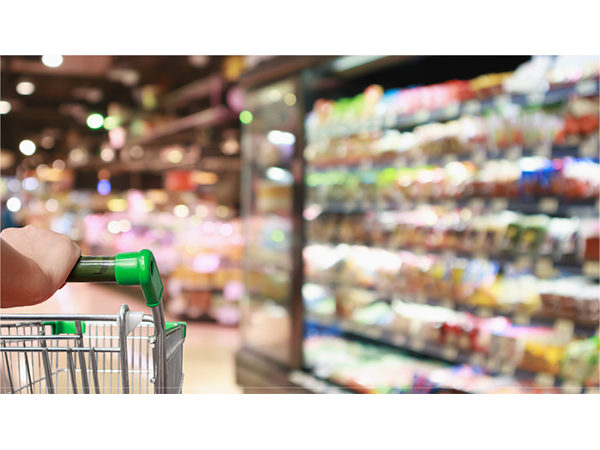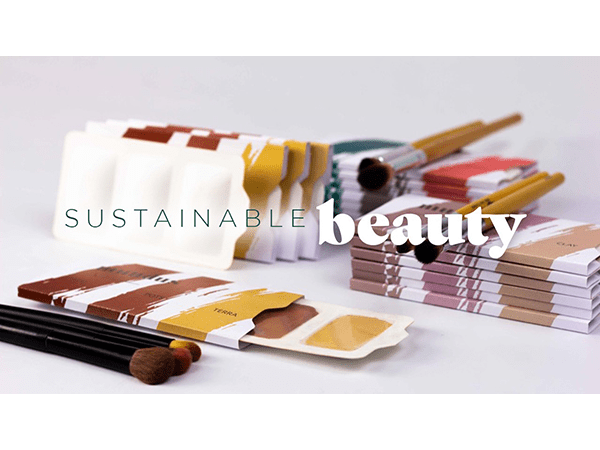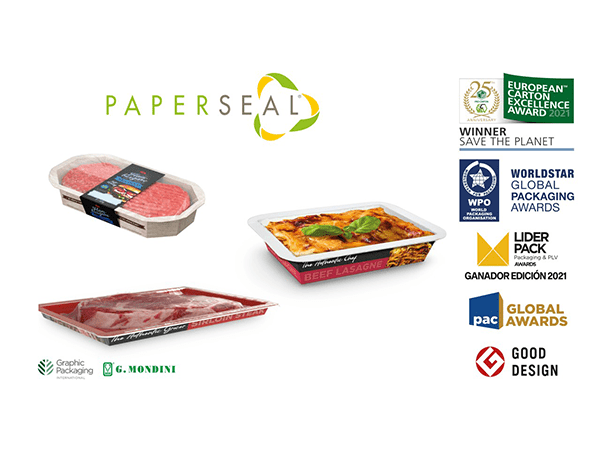article
Going Full Circle With Fibre – In Honour of Climate Week

To mark the World Conference on Climate Change & Sustainability taking place this week in Frankfurt, Germany, we share insights on why a 360-degree approach is needed to create truly sustainable and circular packaging for any product.
Government initiatives, non-profit organisations and the packaging industry must all collaborate in order to transition to a lower carbon and more circular economy. The Ellen MacArthur Foundation defines material substitution as being among the key strategies to help improve packaging circularity and reduce our reliance on plastic. However, any change should be looked through a holistic lens to avoid undesirable side effects. With complex challenges, there is only one solution – we must design for the environment.
Designing for sustainability and circularity
Driven by consumer demand to reduce plastics on supermarket shelves and by the demonstration of greater circularity, demand for fibre-based packaging is booming. This means manufacturers and converters must develop paper-based packaging that is more sustainable than plastic technology, while offering a similar mechanical strength, barrier performance, and production efficiency. This poses a challenge when considering the full lifecycle of a product.
At Graphic Packaging, we consider the main lifecycle impacts of our design decisions as part of our design for the environment (DfE) methodology. In line with circular design metrics, we have defined a set of 15 performance indicators, which include factors such as carbon footprint, fibre and plastic content and recyclability or reusability by design.
Finding a solution that fulfils all of these needs is difficult, and in many cases, there must be a trade-off to find the optimal solution. Converters must understand which features are most important to their customers for any given application.
Plastic reduction with fibre-based barrier trays
For fesh food applications that require greater barrier performance to maintain the shelf life, total elimination of plastic is not possible yet. We can, however, achieve a significant reduction in plastic by utilising composite materials, as demonstrated by trays recently designed for applications such as fresh and processed meats, fish and ready meals.
With the PaperSeal™ tray, designed by Graphic Packaging and G. Mondini – specialists in tray sealing technology – a high-performance design was key to its success as a viable alternative to the traditional plastic tray. The prevention of gas entry or egress from Modified Atmosphere and Vacuum Seal pack formats, to avoid consequent food spoilage, was essential. This involved the design of a continuous flange to provide an excellent hermetic seal, selection of specific barrier films, careful consideration of the barrier requirements of the specific foods to be packed, as well as the draw depth of the tray, and then the overall impact on recyclability. For the consumer, the resulting design ensures easy separation of the plastic liner from the cartonboard portion of the tray for efficient recycling post-use.
When it comes to carbon footprint, a cradle-to-gate assessment by Savvypack showed a 34% decrease in the greenhouse gas footprint versus an equivalent virgin APET (amorphous-polyethylene terephthalate) tray in a UK scenario (initial estimate, results to be verified on a case-to-case basis).
Therefore, we can make progress in circularity without compromising on the pack’s climate impact. Among other ways, this is demonstrated by a recycling rate of paper-based packaging more than double that of plastic in most European countries.
Moving forward
Sustainability is a far-reaching concept encompassing many complex aspects throughout the packaging lifecycle, which cannot be optimised in isolation by one element of the value chain. Instead, it needs a collaborative approach to packaging innovation – from technology through to design. This is key to ensuring a successful circular economy.
The shift to a post-fossil economy must not only consider decarbonisation through renewable energy, but also through materials, such as fibre-based packaging, which ensure circularity and low carbon contribution to the food value chain and beyond. Considering DfE in terms of reducing the global warming potential of products complements compagnies’ efforts on reducing own scope 1 and 2 emmissions to reach lower climate impact while at the same time lowering the risk to oversee other important aspects of sustainability and circularity. As recently published in The Economist, ESG (environmental, social and governance) has much that can’t be boiled down to a single parameter. While mitigating our climate impact is extremely important and of the utmost priority, there are many other aspects to also work on. That’s a journey for all of us where innovation and sustainability serve common progress.
A longer version of this article first appeared in Food Science and Technology, March 2022 issue. Read in full here.


